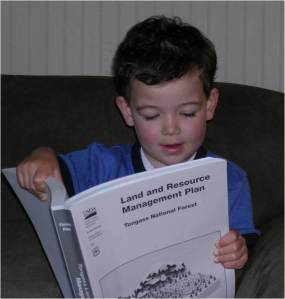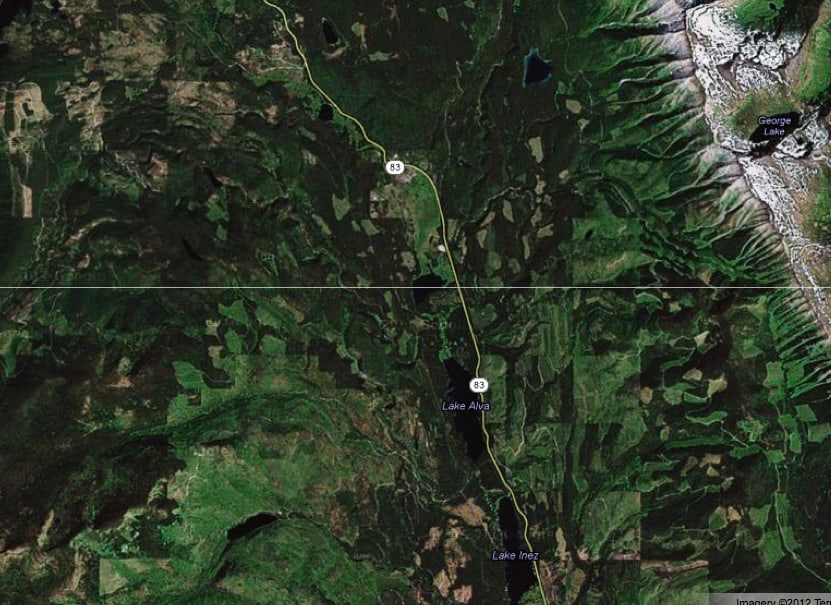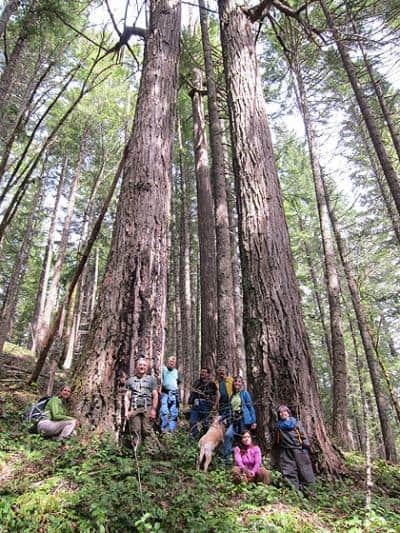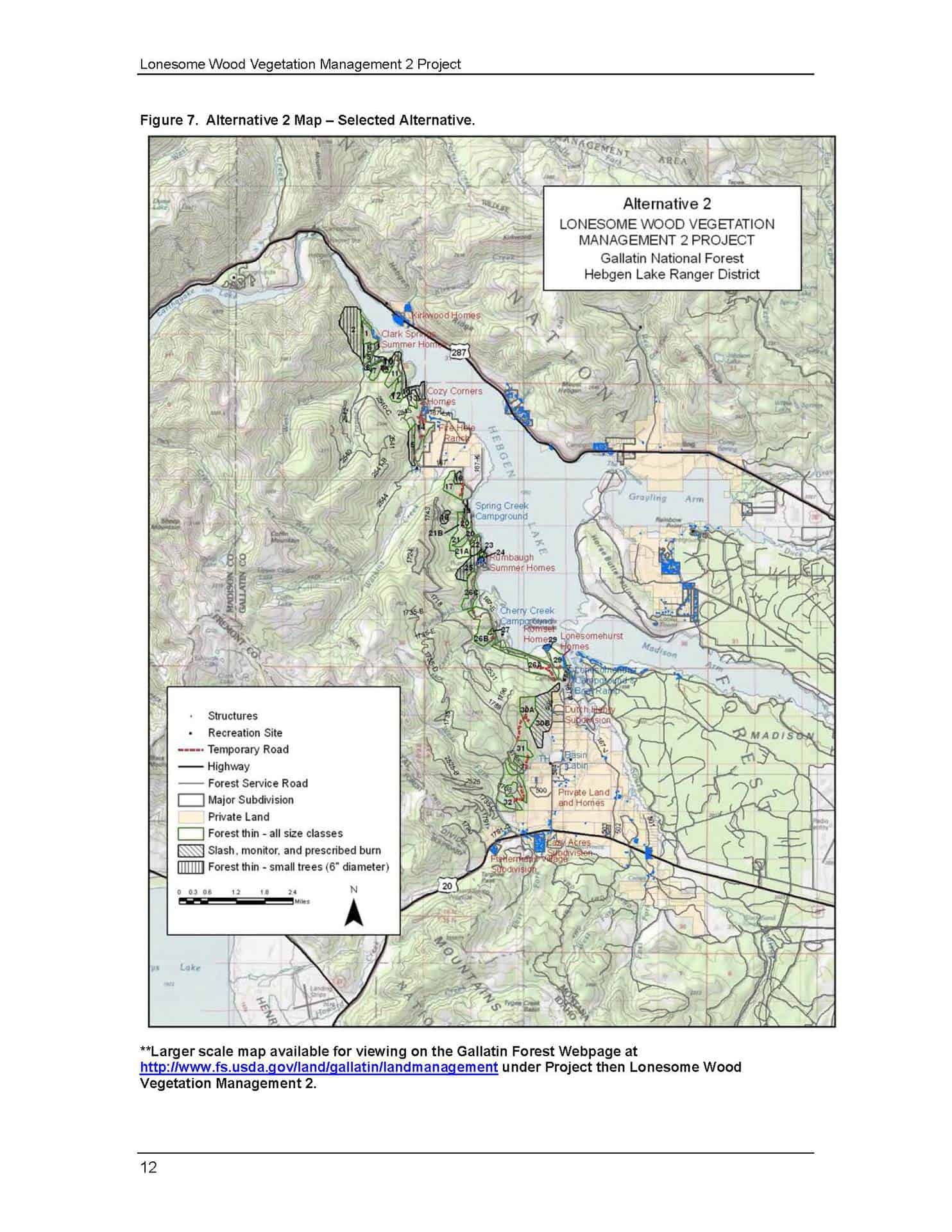
Note: This post is not just an excuse to run Martin’s photo again.
Planners: I’m looking for a photo that shows a real forest plan and all its associated documentation for future posts.
Here’s a link to another story about the Supreme Court case.
Below are a couple of excerpts I found interesting:
One key question confronting the court will be whether environmentalists have the “standing” to sue against a general forest plan, as opposed to a specific project proposal, by virtue of their making recreational use of the national forests. To gain standing in federal court, individuals must show they’ve been injured or face imminent injury.
It seems to me that no one faces “imminent injury” from a forest plan other than, as planner DeAnn Zwight once remarked, by dropping one on your foot. Or potentially tripping over a pile of Appendices. Or falling asleep while reading one (very likely) and smoking…
Apparently DOJ agrees with me, below is a quote from an E&E story.. if you read past the “project htat would “threaten the forest’s ecosystem”.
Pacific Rivers Council “has not identified even one project that will adversely affect even one member,” the service wrote in court documents.
The agency also wrote the challenge was “un-ripe” for a lawsuit because it had yet to sign off on a specific project that would threaten the forest’s ecosystem.
“Absent approval of a site-specific project or other irreversible commitment of resources by the Forest Service, [Pacific Rivers Council]’s challenge to that programmatic decision is merely an abstract disagreement not appropriate for judicial review,” the agency wrote.
“The only role for a court is to insure that the agency has taken a ‘hard look’ at the environmental consequences of its proposed action,” Pacific Rivers Council’s attorneys said in a legal brief, adding that “agencies cannot take a ‘hard look’ unless they have reasonably identified the consequences of their actions.”
It was interesting in the 2001 Roadless Rule case, it appeared that very general and not very accurate environmental analysis was OK. Some have suggested that different levels apply if you are documenting a decision “not to do things” as opposed to “doing things”. I’m not sure I read that in NEPA, though. But plans, of course, don’t “do things” either. So perhaps if we looked at the 10th Circuit Roadless case and the 9th Circuit Pacific Rivers case, we would have to argue that levels of analysis can differ from decisions that “don’t allow things” to ones that “might could (plans are all about “might could”) allow some things, and not allow other things. I wonder what would happen if the same standards of analysis were applied to the 2001 Roadless Rule and to the Sierra Nevada plans? After all, that was a final decision on not allowing things, and any actions allowed by plans have to go through specific NEPA.
I was also curious about this quote:
In that 2-1 appellate court decision, the 9th Circuit panel concluded the Forest Service in 2004 failed to adequately study the effect of dramatically revised forest plans on Sierra Nevada fish populations.
“The Forest Service provided no analysis despite the fact that the 2004 (plan) allows much more logging, burning, road construction and grazing,” Judge William A. Fletcher wrote for the appellate panel.
It’s hard for me to believe that there was “no analysis”. What “Joe, I thought you were going to do the fish chapter. Oh, no, I guess we forgot? Well it’s too late, the document’s printed. I guess we’ll have to see if anyone misses it. Especially since this document is sure to be appealed and litigated.”
Anyone from familiar with this case, please shed some light.




